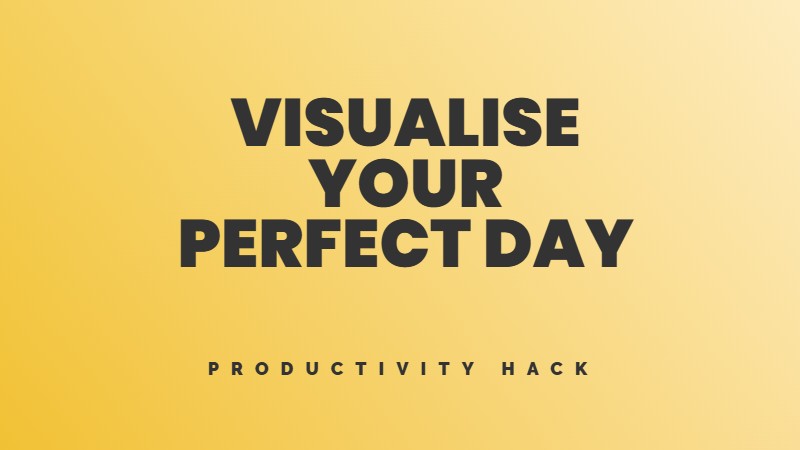Raise your hand if this sounds familiar: It’s Monday morning, and you sit down at your desk with the best intentions, ready to plough through that to-do list. Then the phone rings, an “urgent” email pops up, a coworker drops by with a “quick” question. Suddenly, it’s 5 pm, and another day at the office is over.
Multitasking and distractions lead to a phenomenon known as “attention residue”, the cognitive burden that remains when shifting from one task to another. This residue can significantly impact productivity and the quality of your work. A simple yet potent strategy to combat this issue is timeboxing.
What is timeboxing?
Timeboxing is the practice of scheduling specific tasks and deep work sessions directly onto your calendar, with set start and end times. By deciding in advance what to work on and for how long, you free up mental energy to fully engage with the work itself, and you create a container for your attention, minimizing the cognitive switching costs associated with task shifting.
This approach allows you to fully immerse yourself in the task at hand, resulting in higher-quality output and improved efficiency.
Steps to implement timeboxing
The magic of timeboxing is that it forces you to make tough decisions about what deserves your time and attention. It makes you confront how long things really take. And it nudges you to plan your work in line with your natural energy rhythms.
Timeboxing pairs well with other productivity techniques like the Eisenhower Matrix for prioritizing and “Eat the Frog” for tackling challenging work first. But it goes a step further by prompting you to actually schedule tasks.
There are plenty of tools that can help, from the humble paper planner to Google Sheets templates to apps like Sunsama. But the core practice is deceptively simple: list your priorities, estimate the time needed, block it off on your calendar, then focus and execute. Adjust and repeat.
Tips for better timeboxing
By harnessing the power of timeboxing, you can reclaim control over your attention, minimize the productivity-sapping effects of attention residue, and unlock your full potential for deep, focused work. Embrace this game-changing strategy and watch as your productivity soars to new heights.
Real-world examples of timeboxing in action
By integrating timeboxing into your daily routine, you’ll likely notice a significant improvement in your productivity and a reduction in stress and mental fatigue. You may find that you accomplish more in a few focused hours than you previously did in an entire day of scattered attention. Give timeboxing a try and experience the transformative power of undivided attention in action.
Conclusão
Timeboxing isn’t some miracle cure for procrastination or lack of focus. It won’t magically add hours to your day or turn you into a productivity machine overnight. But what it will do is give you a framework, a scaffolding, on which to build a more intentional, less haphazard approach to your work.
Timeboxing requires effort. You’ll have to think harder about your priorities, be more realistic about your estimates, and hold yourself accountable to your schedule. You’ll have to learn to say no to the things that don’t fit, and ignore the siren call of busy work masquerading as productivity.
In return, you’ll reap the rewards of deeper work, clearer focus, and the satisfaction of knowing that you spent your day on the things that truly matter. And isn’t that what we all want in the end?




Deixe comentários sobre isso